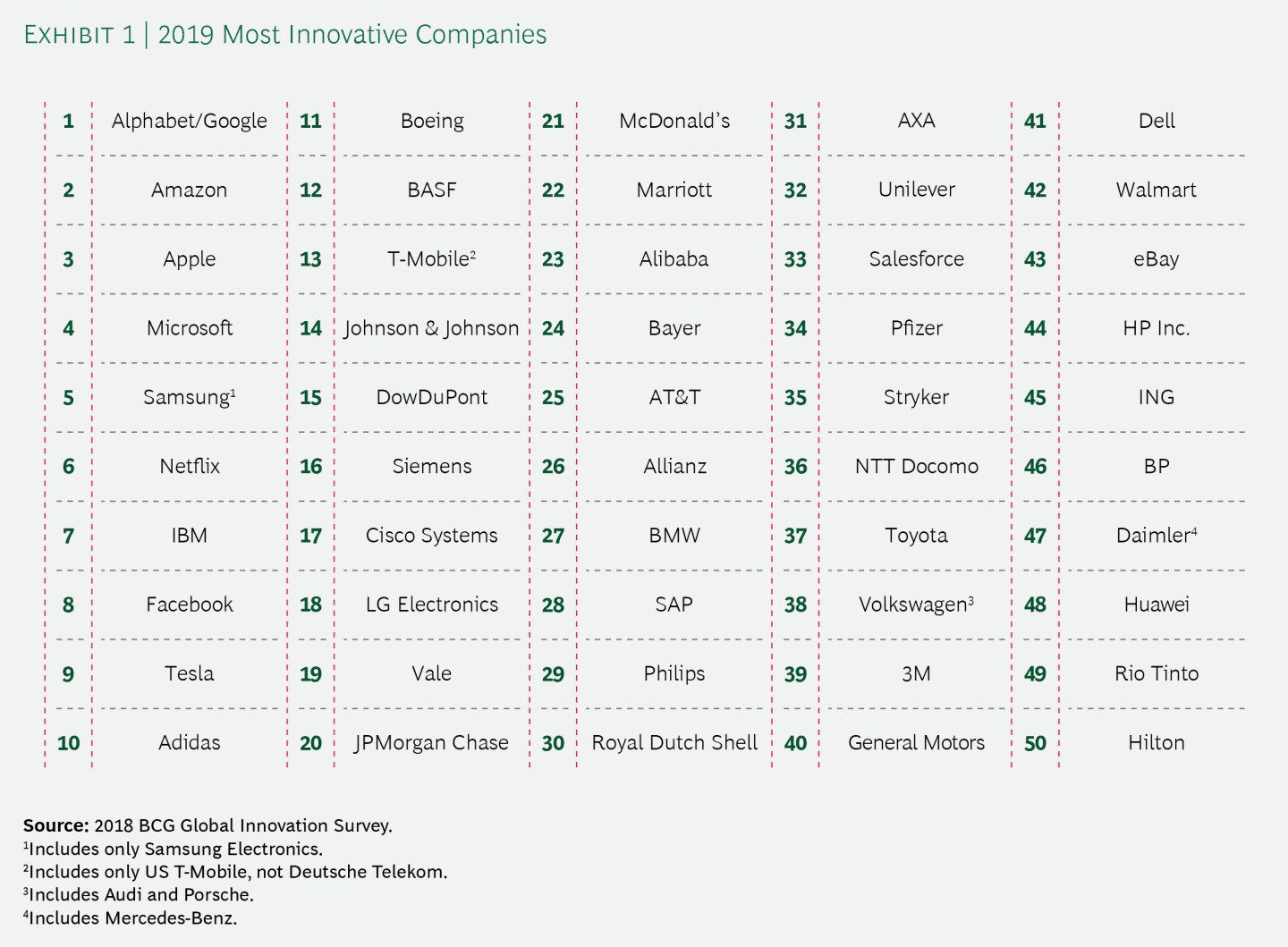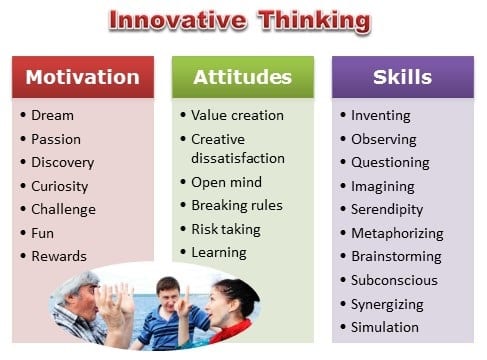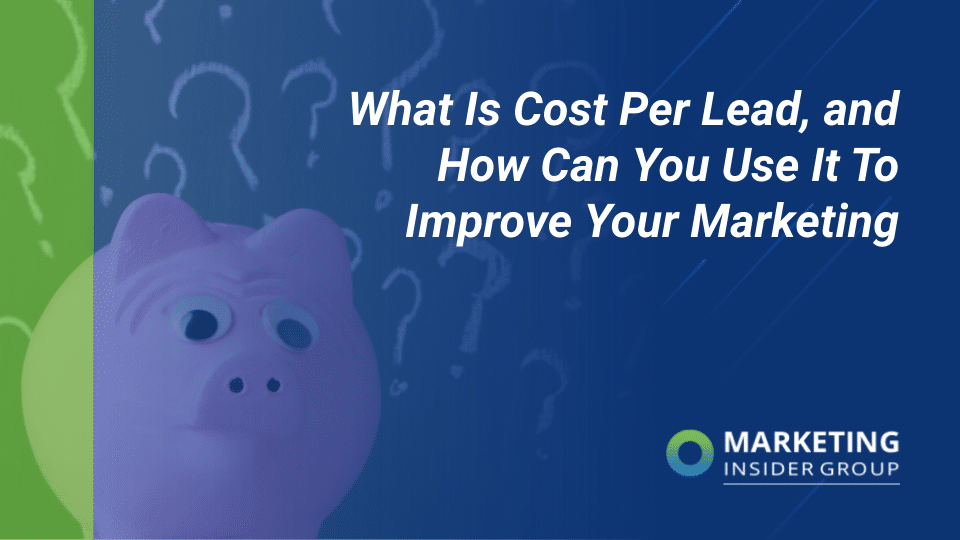
The 21st Century Innovation Paradox (And What We Can Do About It)
What’s the most desirable trait every company today wants boatloads full of? Innovation.
In the post-digital post-COVID era, no matter what industry you’re in, your company is probably constantly looking for creative ways to apply new technologies so you can become more efficient. You’re likely racing to come up with the most innovative ideas to gain a competitive edge.
The problem is, nothing kills the creative mindset that’s necessary for innovation like the high-pressure environment most of us are operating in. We’re in a rat race to innovate. But, rats aren’t innovative.
People are.
We can’t squeeze out groundbreaking ideas with more pressure or pencil in brilliance on Monday mornings at ten. In order to
cultivate a company of innovative people, we need to create space for spontaneity, creativity, and ingenuity to flourish. And, that also means we need to treat each other with humanity.
Not like rats running in a wheel.
One of the most fascinating articles I read while doing research for my book, Mean People Suck, was about creativity. In “10 Reasons Why We Struggle with Creativity,” science and technology expert David Disalvo points out that most of the practical side of our work – the stuff that stresses us out and makes us worry – is exactly what stifles creativity.
In order to foster creativity, we have to mentally feel that we’re in a safe space at work. That means company culture has to emphasize values rather than actions and the inevitable failure that comes from many actions.
Quick Takeaways:
- In order to be innovative, employees have to feel safe.
- Creating the right environment involves focusing on values, not actions – people can’t be afraid to fail.
- The C-Suite needs to make a conscious effort to shift values in the workplace.
A Safe Brain Is a Creative Brain – And Rare in the Modern Workplace
A 2017 American Working Conditions Survey, which looked at responses from 3,000 US workers, revealed that one
in five employees feel like they work in a hostile environment. More than half describe their workplace as “unpleasant and potentially hazardous.”
Two-thirds of American workers feel plagued by tight deadlines, and 25 percent claim they don’t have enough time to complete the work expected of them.
The reality is, very few employees actually feel safe, engaged, and at ease during the workday. As DiSalvo points out, if our minds fall into the mental trap of constantly looking for fires to put out, or if we never have enough uninterrupted time – or confidence – to get into a creative mindset and to allow those really great ideas to come out, innovation doesn’t happen.
This is a problem as creativity and innovation are central to succeeding in a high-tech, competitive, fast-paced business environment.
Companies Need to Walk the Walk of Supporting Innovation
Without innovation, it’s hard for businesses to grow, or to compete. This is especially true in the long term. But, too many companies today tout innovation without actually taking real steps to support it.
As I talk about in Mean People Suck, the trick to encouraging innovation is to send the right signals. To do this, try rewarding the actual values of innovation and creativity rather than merely rewarding action.
The problem with being action-focused is that employees learn to follow the rules. They do what they’re told and may choose to hold back on the good ideas because they don’t want to upset their boss.
This isn’t doing anyone any favors, but it’s how a lot of hierarchical companies operate.
And that’s why they aren’t on this list:

So, instead of rewarding an accomplishment only – for example, your sales team exceeds their monthly goals – you put a positive focus on the spirit of innovation.
How did your sales team do things differently to reach those goals? What creative ideas did they implement, and what happened because of the risks they took?
Then the next month when sales numbers go down because the sales department faced certain challenges, the focus is still on the creative problem-solving that helped them overcome those challenges – not on the failure to reach a monthly target.
By shifting the emphasis onto the human ingenuity piece of the puzzle – not necessarily the results – your employees will start to understand that their input, effort, and risk-taking are valued, whether they end up with a ‘failure’ or another ‘success.’
We need to stop compartmentalizing every action into failure (not good enough) and success (good enough).
Through choosing to give promotions and to otherwise reward people who are innovative and who think outside of the box, you’ll draw more of this desired behavior out of your teams.
This value-based rather than action-based reward system will also help to boost confidence in your employees. They’ll be less afraid to fail and free to be creative, express ideas, and go for it when they feel a risk is worth taking.
DiSalvo explains that confidence compounds itself. But, you have to start building it up. You have to have a culture that develops confidence in employees and reassures that sense of mental safety in order to reap the rewards of a culture of innovation at work.
Creativity Doesn’t Happen Overnight
Moving beyond the innovation paradox takes time. Individuals who are accustomed to racing for results need to learn a new system that’s supportive and that puts creativity first. Trust me, I’ve always called myself a results-driven person! But what I discovered when looking back at 53 jobs, was that I was really more focused on the processes that achieved results – creatively.
This means more than just announcing a new value system at work. It all starts with leadership making a dedicated effort to value more than actions and results. It means hiring based on innovative thinking and other desirable traits and consistently rewarding creative risk-taking.

It also entails putting a lot of trust in your employees. But, when you hire for the right reasons and promote to demonstrate the value your company puts on innovation and creativity, you’ll develop a culture of shared values and understanding. This trust will then work both ways, reducing the risk of risk-taking and compounding everyone’s confidence in creativity.
So what do you think? Please consider picking up your copy of Mean People Suck today, and get the bonus visual companion guide as well. Or check out our services to help evolve your culture. And I would be thrilled to come present to your team on the power of empathy!






